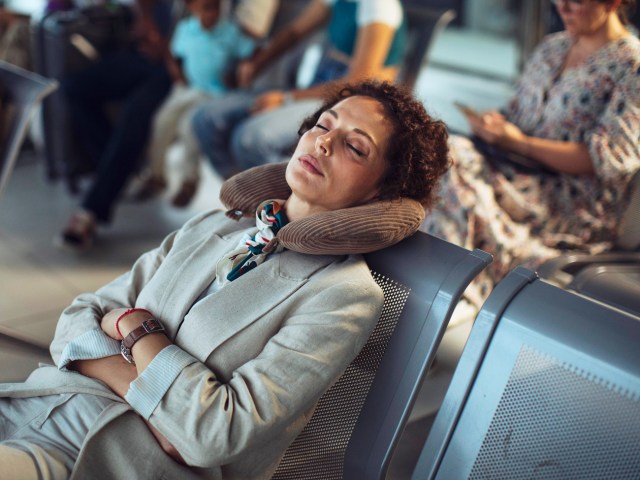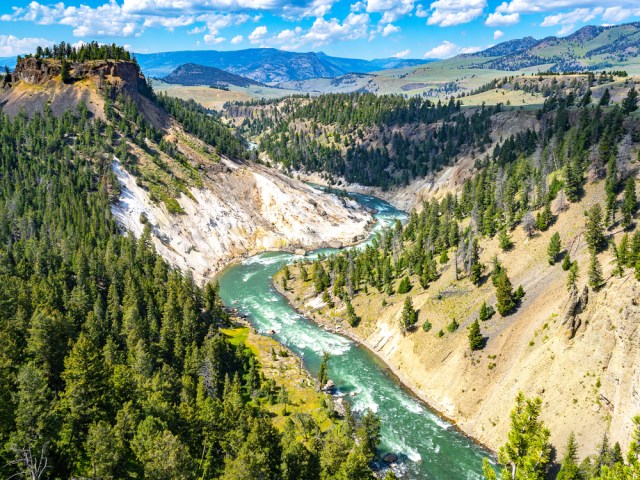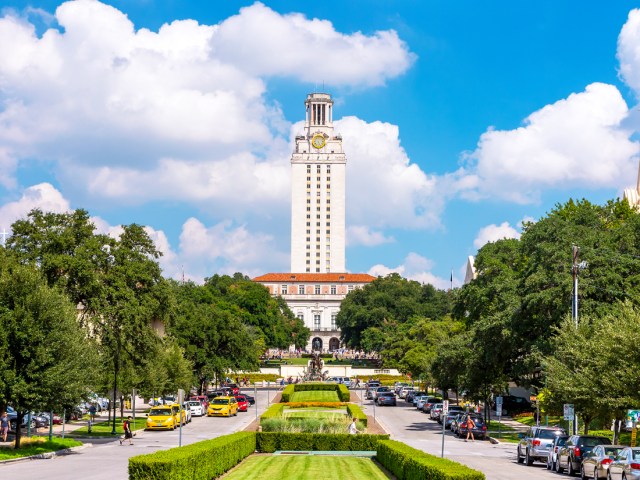In the 1950s and ‘60s, the civil rights movement sparked a transformation in the United States. What began as small protests — at lunch counters, on public buses — eventually grew into marches of thousands upon thousands of people throughout the country in the struggle for equal rights and an end to racial discrimination. Interested in learning more about the cities and events where crucial events from the movement took place? Tour these eight U.S. cities that made civil rights history.
Montgomery, Alabama
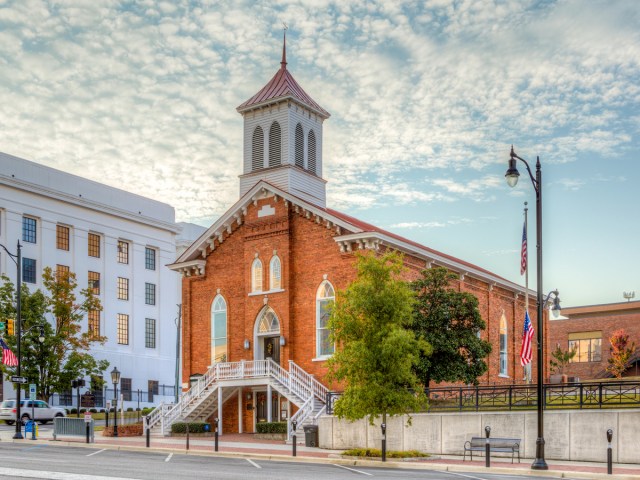
Montgomery became a focal point of the civil rights movement on December 1, 1955, when local activist Rosa Parks was arrested for refusing to give up her seat on a bus. A citywide boycott of public transportation by the local Black community continued for over a year. Several years later, in March 1965, the Alabama State Capitol was the final destination in the famous March for Voting Rights from nearby Selma. The city is home to the Dexter Avenue Baptist Church, where Dr. Martin Luther King Jr. served as a pastor from 1954 to 1960. Several tours guide visitors today around the city’s key civil rights locations, including the Freedom Rides Museum and the Civil Rights Memorial Center.
Topeka, Kansas
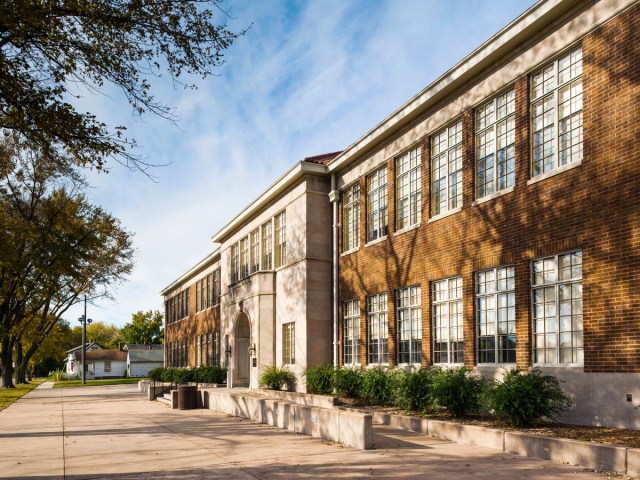
In the fall of 1950, the parents of 20 Black children in Topeka, Kansas, attempted to register them in local schools. All were denied because of their race. Thus began the fight that resulted in the Supreme Court overturning segregated education nationwide in the landmark Brown v. Board of Education decision in May 1954. Today, the former Monroe Elementary School is a National Historic Site. The onsite museum charts the history of racism and segregation in the United States. Across the street, a mural depicts the march toward equality and includes images of key figures from the civil rights movement.
Little Rock, Arkansas
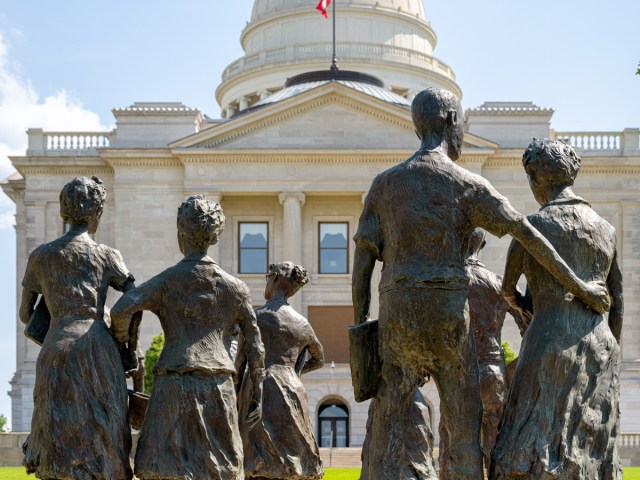
Brown v. Board of Education may have ordered that segregated schools were unconstitutional, but not all states were keen to comply. On September 2, 1957, the Governor of Arkansas called the Arkansas National Guard to prevent nine Black students from attending Little Rock Central High School. President Eisenhower sent federal troops to address the incident, and the Little Rock Nine — as they became known — were able to enter school within a few weeks. The school is now a National Historic Landmark, while a powerful statue of the nine students stands outside the Arkansas State Capitol. The home of one of the students, Daisy Bates, served as a gathering spot for both students and the press, and it is open for private tours if you schedule in advance.
Greensboro, North Carolina
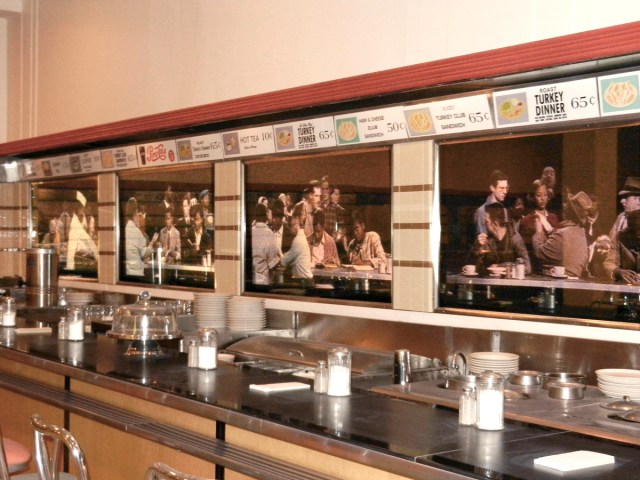
On February 1, 1960, four Black college students sat down at the “whites-only” lunch counter inside Greensboro’s Woolworth’s store. The students refused to leave and remained seated all day. The next day, they returned and continued to do so every day for the next five months. An estimated 300 students joined in the protest, which gave birth to the Student Non-Violent Coordinating Committee (SNCC). Today, the former Woolworth’s building, complete with the restored lunch counter, is home to the International Civil Rights Center and Museum. Also in town, the Greensboro History Museum contains many artifacts from the region’s Revolutionary and Civil War pasts, as well as from the civil rights movement.
Washington, D.C.
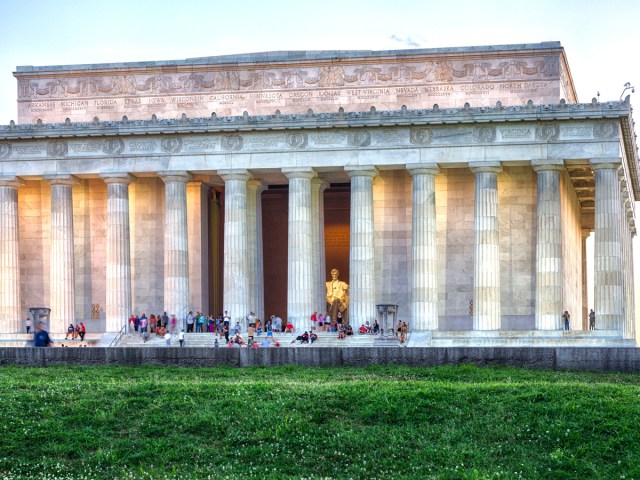
Dr. Martin Luther King Jr. delivered his historic “I Have a Dream” speech from the steps of the Lincoln Memorial to more than 250,000 marchers on August 28, 1963. The event was the culmination of the day’s March on Washington for Jobs and Freedom. Many historians believe the march played a pivotal role in future civil rights legislation. Key cases such as Brown v. Board of Education were argued and decided at the U.S. Supreme Court, also located in the nation’s capital. Visitors interested in exploring the history of the movement can also visit the Martin Luther King, Jr. Memorial and the Smithsonian National Museum of African American History and Culture.
Birmingham, Alabama

By April 1963, the future of the civil rights movement seemed uncertain after the peaceful protests of the Birmingham Campaign were met with violence and bloodshed. During this time, King composed his famous “Letter from a Birmingham Jail.” One outcome from the campaign was the Children’s Crusade, in which more than 1,000 local Black children came together to oppose segregation. But the community faced more violence in September of the same year when members of the Ku Klux Klan bombed a church, killing four young girls. Memorials and museums around the city pay tribute, including the Civil Rights National Monument, the Birmingham Civil Rights Institute, and a series of statues in Kelly Ingram Park.
Selma, Alabama
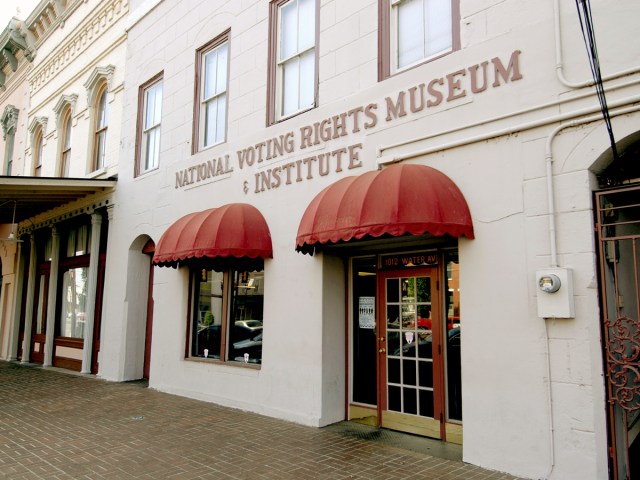
Just 54 miles from Montgomery, Selma was the starting point for the famous march between the two cities that began on March 7, 1965. That day became known as Bloody Sunday, when the peaceful marchers were viciously beaten by state troopers as they crossed the Edmund Pettus Bridge. Television broadcasts of the events raised national awareness. Among the marchers were King and John Lewis, who would go on to become a U.S. Representative from Georgia for 33 years, until his death in 2020. Today, reminders of the civil rights movement are located throughout the small city of Selma. The National Voting Rights Museum stands near Edmund Pettus Bridge, while a number of churches and smaller museums also recall the city’s important role in civil rights history.
Memphis, Tennessee
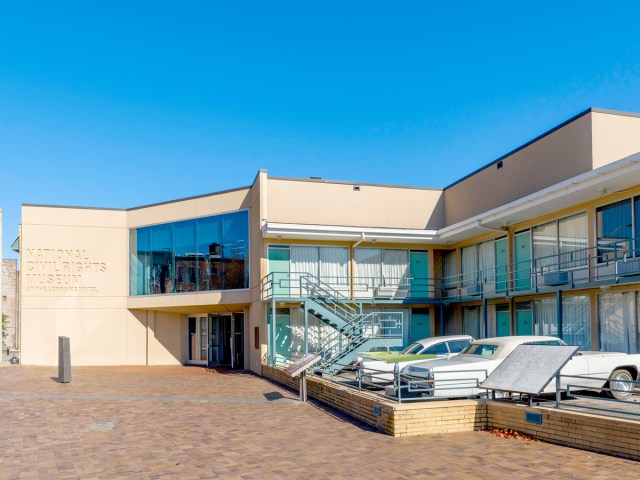
Memphis, Tennessee, may be known for its musical roots and Graceland, but it also came to be associated with unthinkable tragedy as the site of the assassination of Martin Luther King Jr. on April 4, 1968. Just hours after delivering his “I’ve Been to the Mountaintop” speech, he was shot while standing on the balcony of his room at the Lorraine Motel. The motel has since been turned into the National Civil Rights Museum, with King’s exact motel room and balcony preserved for posterity. The museum also has permanent exhibitions devoted to the legacy of slavery, the student sit-ins, the Montgomery bus boycott, and other key events of the 1960s and beyond.










